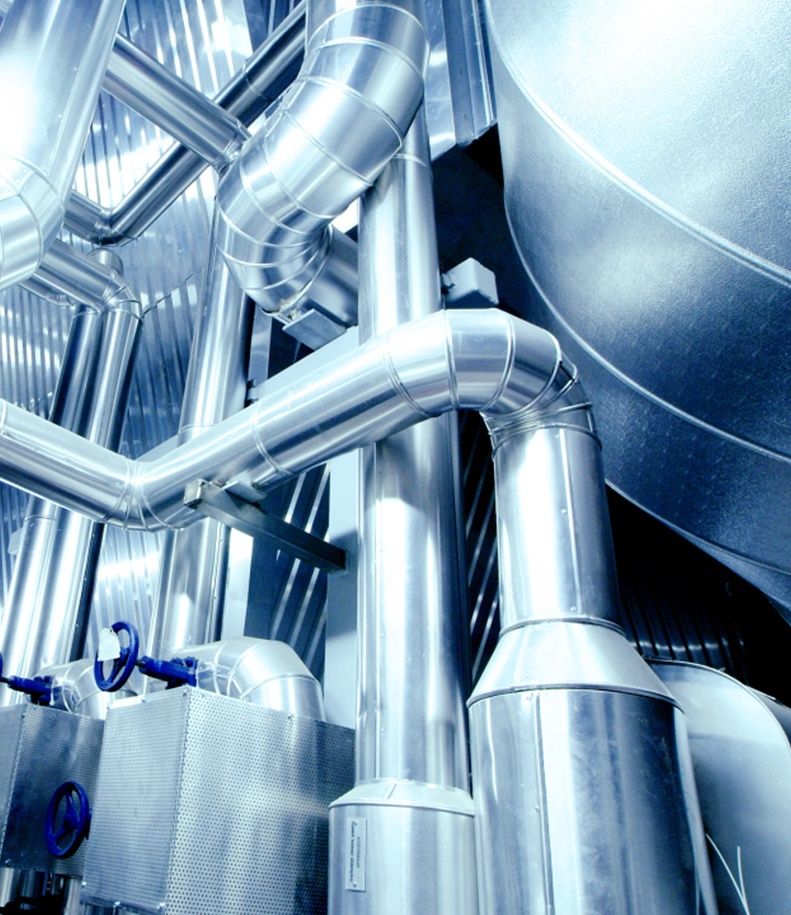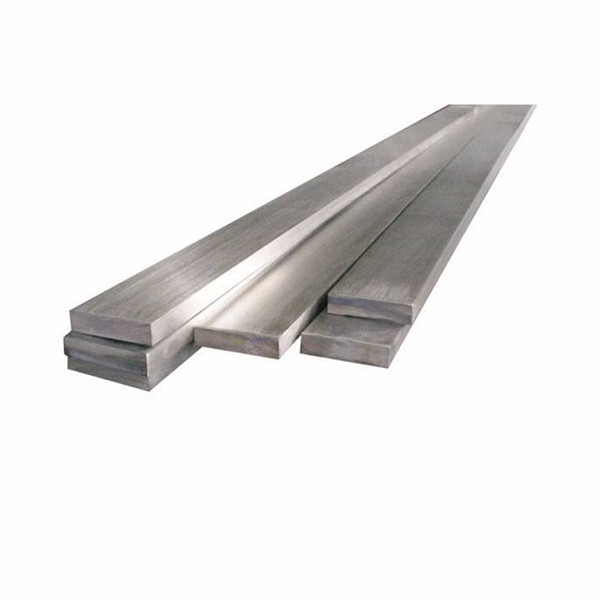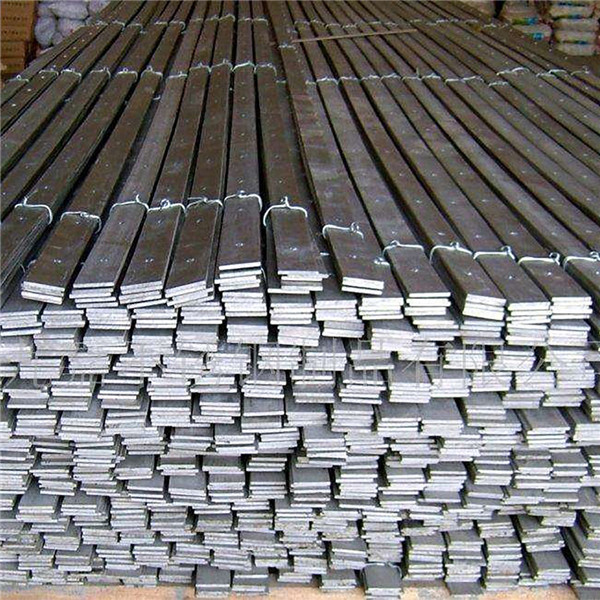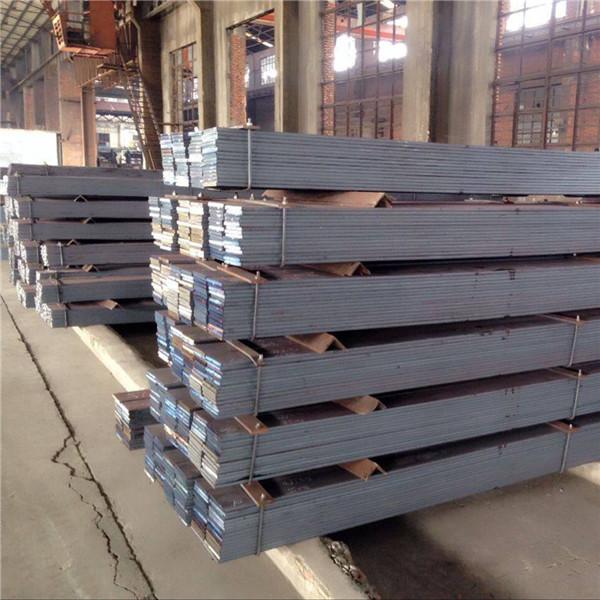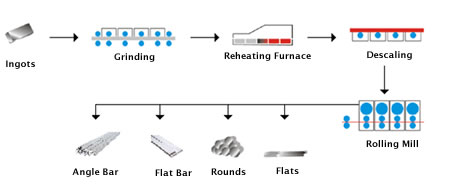Steel Flat Bar Q235B For Construction





Steel Flat Bar Q235B For Construction
Feature
-
Steel flat bar refers to steel with a width of 12-300mm, a thickness of 4-60mm, a rectangular cross section and a slight blunt edge.
Steel flat bar can be finished steel product, and can also be used as welded pipe blank and sheet blank for laminating and rolling sheet. Its specifications are expressed in millimeters of thickness * width, and steel flat bar can be finished steel, used for components, ladders, bridges and fences, etc. steel flat bar can also be used as a blank for welding rigid steel and a slab for stacking and rolling thin plates.
1) The steel flat bar is rolled with negative deviation, but delivered according to actual weight, and the utilization ratio is 1 ~ 5 percentage points higher than that of steel plate.
2) The steel flat bar can be produced at a fixed thickness, width and length according to users' requirements, which reduces cutting for users, saves working procedures, reduces labor and material consumption, and also reduces the processing loss of raw materials, saving time, labor and materials.
Hot rolled steel flat bar can be used to make components, escalators, bridges and fences. Hot rolled steel flat bar has good strength, and the surface of hot rolled steel flat bar is smoother than other steels. In addition, the gauge of the thickness of hot rolled steel flat bar is very tight, which determines that hot rolled steel flat bar is very suitable for welding. It is worth mentioning that steel flat bar has a large bearing weight. In the production process of components, escalators and fences, welding is an essential processing technology. At the same time, the surface of steel must be smooth and able to bear a certain amount of heavy objects. And some characteristics of steel flat bar just completely meet the requirements. In this way, hot-rolled steel flat bar has become the raw material for processing components, escalators and fences.
Hot-rolled steel flat bar can be used as welding steel billet and slab of laminated sheet. Hot rolled steel flat bar is a kind of steel with rectangular interface, which can be regarded as a part of long steel plate. This makes the hot rolled steel flat bar can be processed into a steel plate with a larger area.

Application
As China metal materials industry leading enterprises, the national steel trade and logistics "Hundred good faith enterprise",China steel trade enterprises, "Top 100 private enterprises in Shanghai”. Shanghai Zhanzhi industry Group Co., Ltd.,(shorted to Zhanzhi Group) takes the" Integrity, Practicality, Innovation, Win-Win " as its sole operation principle, always persist in putting the customer demand in the first place.
- INTEGRITY
- WIN-WIN
- PRAGMATIC
- INNOVATION

